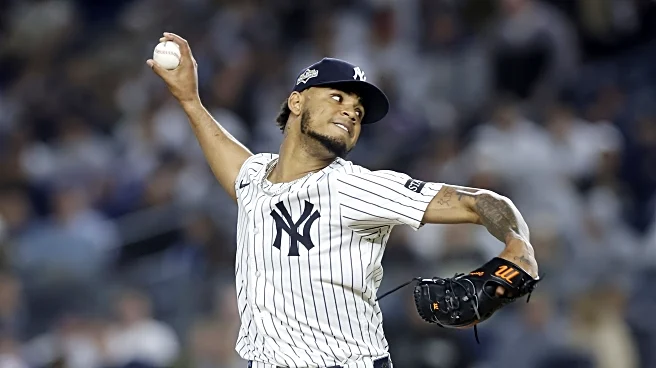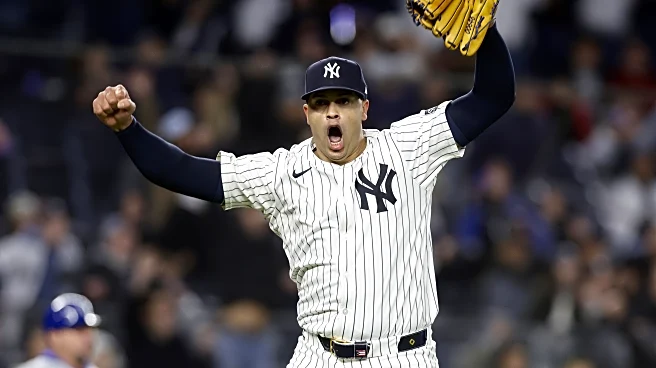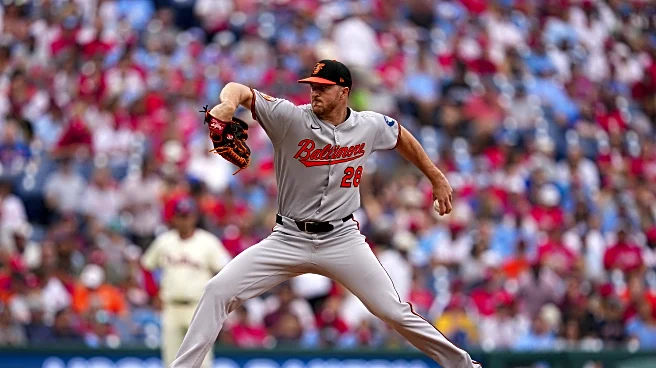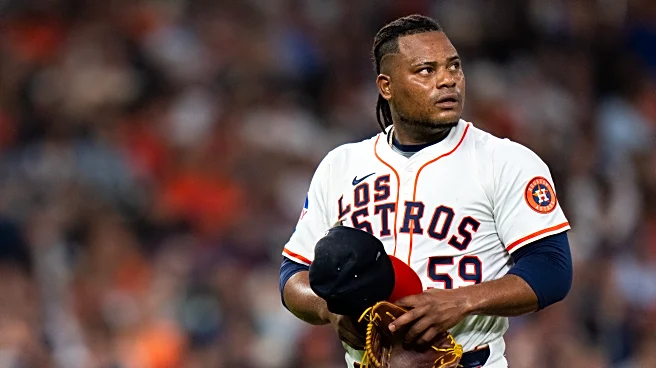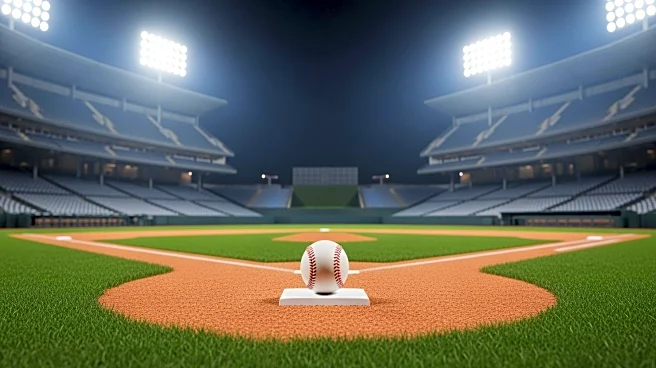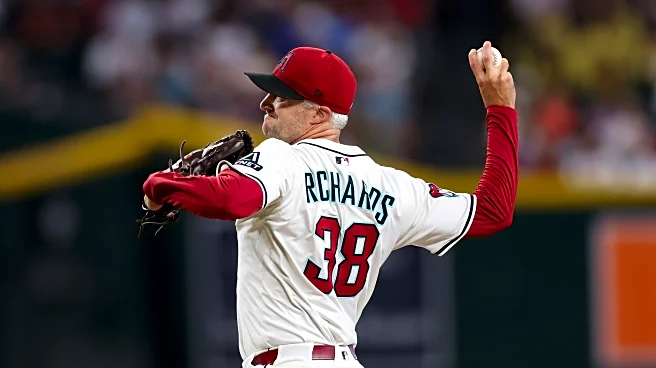Heading into the final day before the trade deadline this season, the 2025 Yankees had a lot of question marks, but none loomed larger than the bullpen, both for 2025 and beyond. And so, Brian Cashman
had himself a busy day at the deadline, pulling in David Bednar from the Pittsburgh Pirates, Jake Bird from the Colorado Rockies, and, at the buzzer, swiping San Francisco closer Camilo Doval. With a cutter capable of hitting triple digits and multiple years of team control remaining, Doval looked to give the Yankees a dominant weapon at the back of the bullpen for the foreseeable future.
Thankfully, that foreseeable future exists, because Doval was a disappointment for much of his go-around with the Yankees.
Grade: C-
2025 Overall Statistics: 65.1 IP, 3.58 ERA (113 ERA+), 3.47 FIP, 16 saves, 1.316 WHIP, 25.9 K%, 7.6 BB%, 0.6 rWAR, 0.6 fWAR
2025 Statistics with Yankees: 18.2 IP, 4.82 ERA (86 ERA+), 4.10 FIP, 1.607 WHIP, 25.3 K%, 12.6 BB%, -0.3 rWAR
2026 Contract Status: Entering second year of arbitration (MLBTR projected salary: $6.6M)
Unfortunately, just like Bird, Bednar, and José Caballero, Doval’s introduction to the Yankees universe went about as bad as it possibly could have. With the Yankees up 12-10 on the Miami Marlins on August 1st, Doval came in to get the save in the bottom of the tenth. Much like Bird and Bednar, though, he completely melted down, allowing a one-out single to left, a walk, a single to right that Caballero botched, and a walk-off swinging bunt that landed barely a foot in front of the plate that concluded the stupidest game I have ever seen.
For Bednar and Caballero, those moments would be early blemishes on what would be strong opening campaigns with the Yankees, with each player contributing big moments and becoming fan favorites down the stretch. For Doval, however, this disastrous outing heralded the beginning of a slump. Across his first 13 appearances in pinstripes, he allowed 14 runs (10 earned) on 18 hits in just 13.2 innings, a whopping 6.59 ERA; while he did have eight scoreless appearances, when he melted down, he melted down hard. When he surrendered three runs in September 10th’s blowout loss to the Detroit Tigers, it was fair to wonder if Doval would be completely pulled from the circle of trust.
And yet, from that point on, Doval suddenly began to look like the top-flight reliever he was acquired to be. He tossed five scoreless innings across his final six outings of the regular season, striking out eight and allowing just two walks and one hit.
While Doval did not make an appearance against the Boston Red Sox in the Wild Card series, he was one of the few players who came to play against the Blue Jays, allowing just one hit in his first three innings (although he did struggle in the series-losing Game 4). It was, all in all, a strong end to what had been a disappointing introduction to the Bronx.
Of course, the book is not yet written for Doval in the Bronx, and even beyond the strong end to the season, there’s reason to believe that he will come back strong in 2026. Speaking to reporters back in August, the former Giants closer indicated that he struggled to adjust to his new role with the Yankees. That tracks with the eye test, because although his 12.6-percent walk rate with the Yankees matched his walk rate with the Giants, he regularly looked out of sorts on the mound, struggling with balks and pitch clock violations at key moments in addition to his command. After spending three and a half seasons working almost exclusively in the ninth inning, where he knew when he was entering the game and could have an established routine, he worked more as a fireman in the Yankees’ bullpen. With a full offseason and spring training to prepare not just physically, but mentally, for a more flexible role, might he return to his All-Star performance and give the Yankees a dominant 1-2 punch at the back of the bullpen? We’ll find out soon enough.
